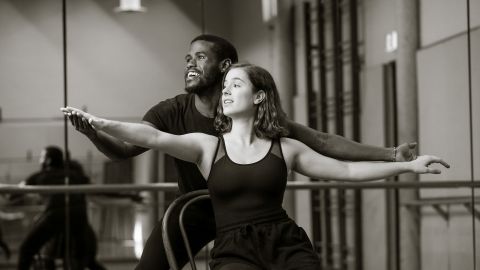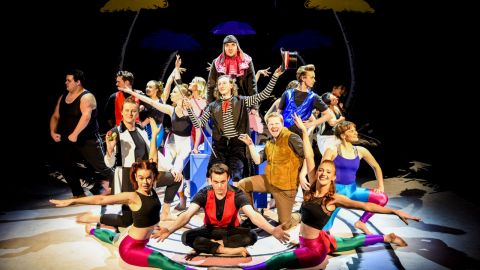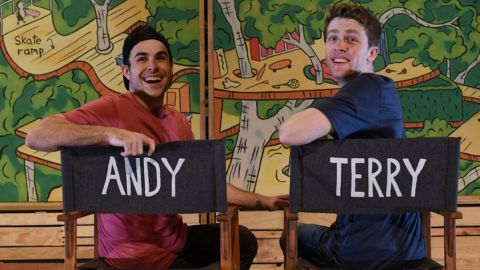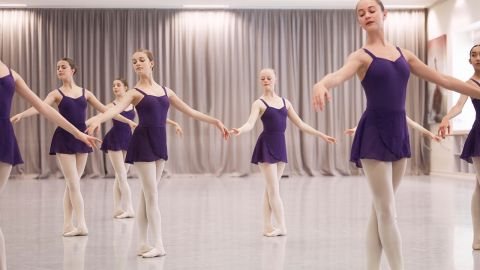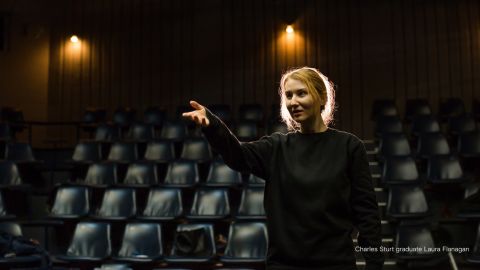Getting a Handle on Props
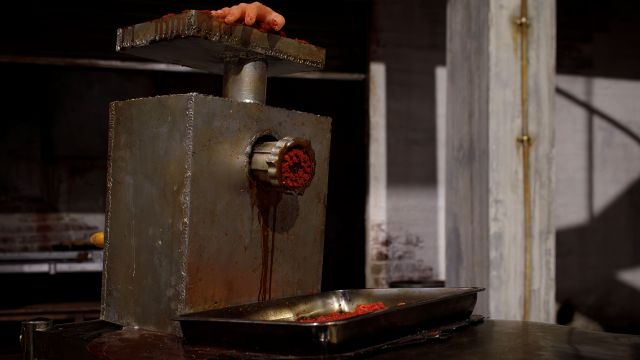
Livia Greenberg went behind the scenes of NIDA’s production of Sweeney Todd and spoke to Gaia Stein - a 3rd year NIDA Props Student.
I walked down a long corridor backstage at NIDA and everywhere I looked was either a prop or a student in costume, as they prepared for their winter production seasons.
An actor walked by in a pirate hat with sparkles, next to him a wall of masks. A stampede of ‘’techies’’ poured out of one door after being let out on a break.
One of their ambitious productions in the season was Sweeney Todd: The Demon Barber of Fleet Street, directed by Constantine Costi with musical direction from Andrew Worboys and choreography by Shannon Burns.
For a prop maker, the “part melodrama, part Grand Guignol blood-fest” is an exciting project.
NIDA Props Student and Prop Master Gaia Stein is familiar with gory shows, having also worked on the play Eat Me, that had a fake heart ripped out of someone.
Two of the props she is particularly proud of are the iconic Sweeney Todd meat grinder and a fake hand, both made with silicone and gel. She used a mold and finished it with sculpting and paint.
What was the process of doing props for the show?
Well, it's a big and complicated show. I think there's over 250 props. And obviously a lot of it is reliant on mechanisms and things that make things happen, like all the blood stuff and the (barber’s) chair. A lot of it was trial and error, and trying to look at past shows and figure out how they did stuff. (A major challenge) was trying to not stain the costumes (with fake blood).

What was the process of making the hand/meat grinder?
The hand was made from a silicone called transil [translucent silicone rubber], to provide the translucency of skin and add flexibility for heightened realism. It was made from a live cast of an actor's hand using skin-safe silicone. Since the transil sets so quickly, if you mix it, it becomes lumpy and meat-like, so I was able to use the cure-time to my advantage to make the hand look severed.
The meat that goes into the grinder is made from a jelly-wax, which means it's reusable and can be melted down and reformed for every performance. Because it's so soft, it also makes it easy to grind, which is perfect.
Did anything go wrong along the way? If so, what did you learn from it?
The hardest part of the production was the (fake) blood and trying not to stain the costumes.
I found that as the show went on, I became quicker at problem-solving and figuring out solutions to issues that I hadn't foreseen.
Did the dark content of the script affect your prop making in any way?
The designer decided to go for a more realistic look with everything, so things like meat as well as the blood and stuff were included. It was actually fun just seeing people’s reactions to things that I was making. I just enjoyed people coming into the room and going “Eww!” and getting disgusted.
In terms of the chair, what went into making that work?
The chair was made solely by one of my very talented classmates, but the entire frame was welded so that it could support the weight and movement of the actors going down the shoot.
Is there anything you’re proud of that the audience may not notice?
I've put a lot of detail into the props. In Joanna's bedroom was a table, and in this version of the show, she's very obsessed with birds. And so I carved a little bird into her side table. And I did a whole bunch of little inscriptions that she's done in her bedroom.
What are the career prospects in terms of props making?
Since prop-making is so broad, and our skillset is so vast, our career prospects are endless. Whether it's advertising, film, TV shows, theatre, or even store-front displays, we have so many possibilities.
Learn more about the course.
https://www.nida.edu.au/study/undergraduate/props-and-effects
In the BFA Props and Effects, you will learn to become an adaptive and multiskilled designer-maker, ready to join the arts and entertainment industries in areas including theatre, film, exhibitions and events.
 Click here to read the Course Guide.
Click here to read the Course Guide.

